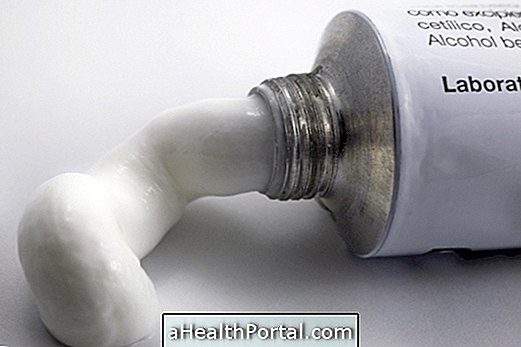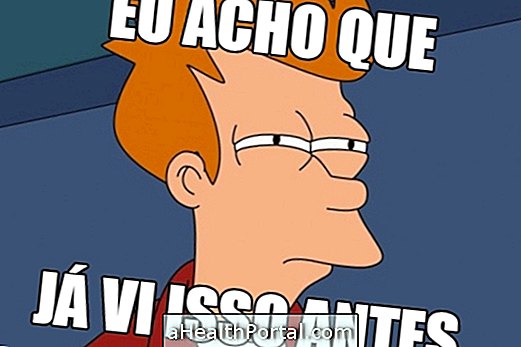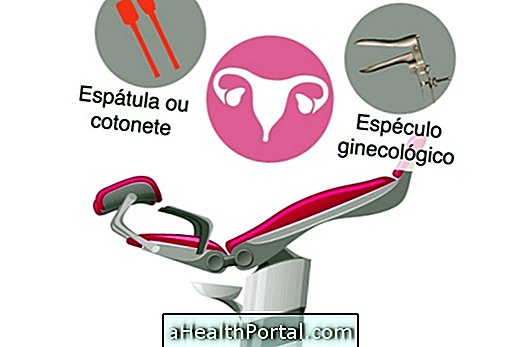Botox is the abbreviation for botulinum toxin, which is a substance used to paralyze a particular region, and therefore has several applications in health, being useful for the treatment of diseases such as microcephaly, paraplegia, muscle spasms and even to attenuate wrinkles facials.
After the application of botox, the region is 'paralyzed' for approximately 6 months, but it is possible that its effect begins to decrease a little before or after, and a new application of botox is necessary to maintain the results.

What is Botox for?
Some situations in which botulinum toxin may be used include:
- Minimize deep wrinkles on the skin;
- Control of blepharospasm, which consists of closing the eyes in a vigorous and uncontrolled way;
- Reduction of sweating in case of hyperhidrosis or bromidrosis;
- Correction of eye strabismus;
- Control bruxism;
- Facial spasms, known as nervous tic;
- Decrease tension headache,
- Reduction of excessive salivation;
- Promote a more harmonious smile, reducing the appearance of the gums;
- Control of spasticity in neurological diseases such as microcephaly. See the use of botox in microcephaly.
- Decreased neuropathic pain;
- Relax an excessive muscle contraction due to stroke;
- Reduction of tremors in case of Parkinson's;
- Fight stuttering;
- Changes in the region of the temporomandibular joint;
- To combat chronic low back pain and in case of myofascial pain;
- Urinary incontinence caused by the nervous bladder.
Who can decide if the person can be treated with botox is the doctor, who should indicate the number of injections needed to promote relaxation of the muscles needed to make the person feel comfortable.
In São Paulo it is possible to treat botulinum toxin through the SUS, free of charge, but it is also possible to use this substance in clinics and private hospitals.
Botox Risks
The botox should only be applied by the doctor because when injected in other regions of the body can have serious health complications. When ingested it can lead to failure of breathing and the person can die by suffocation. However, when properly applied, there are no related risks being well tolerated by the body. However, its effect is not definitive and gradually the body will eliminate the botox and the problem in question reappears, requiring a new application.
Click here and Understand how Botox works in the body
Botulinum toxin type A is classified as a neuromuscular paralytic agent, which when injected intramuscularly at the dose recommended by the physician promotes partial muscle relaxation by localized chemical denervation and blocks the release of neurotransmitters associated with the origin of the pain.
Depending on the dose used, the muscles affected by the toxin become flaccid or paralyzed and beyond the local effect, as the toxin can spread through the tissues, other areas can also be affected, becoming flaccid or even paralyzed.
Contraindications of Botox
Botox should not be used in case of allergy to botulinum toxin, in case of allergic reaction after previous use, pregnancy or infection at the site to be applied.






















